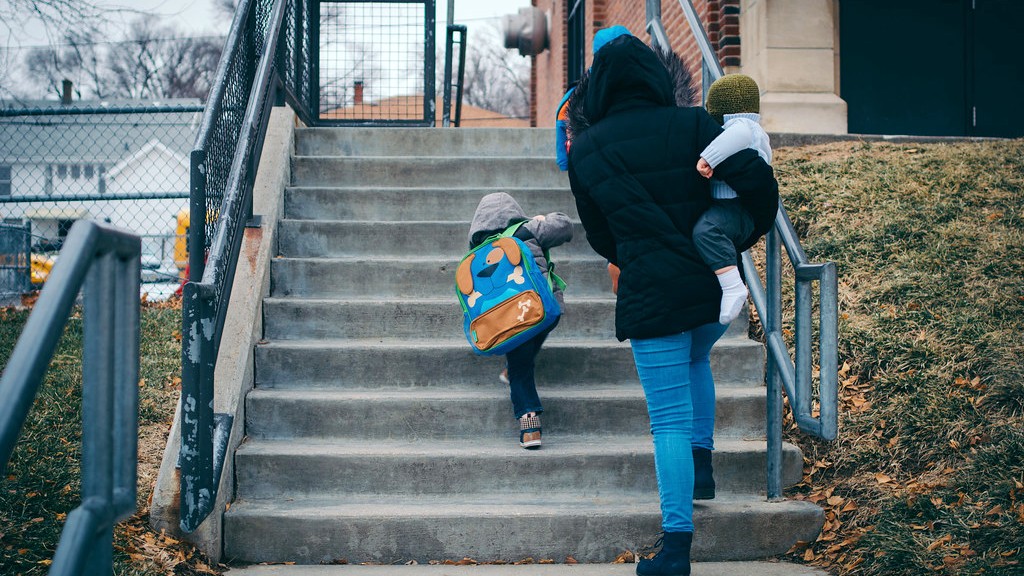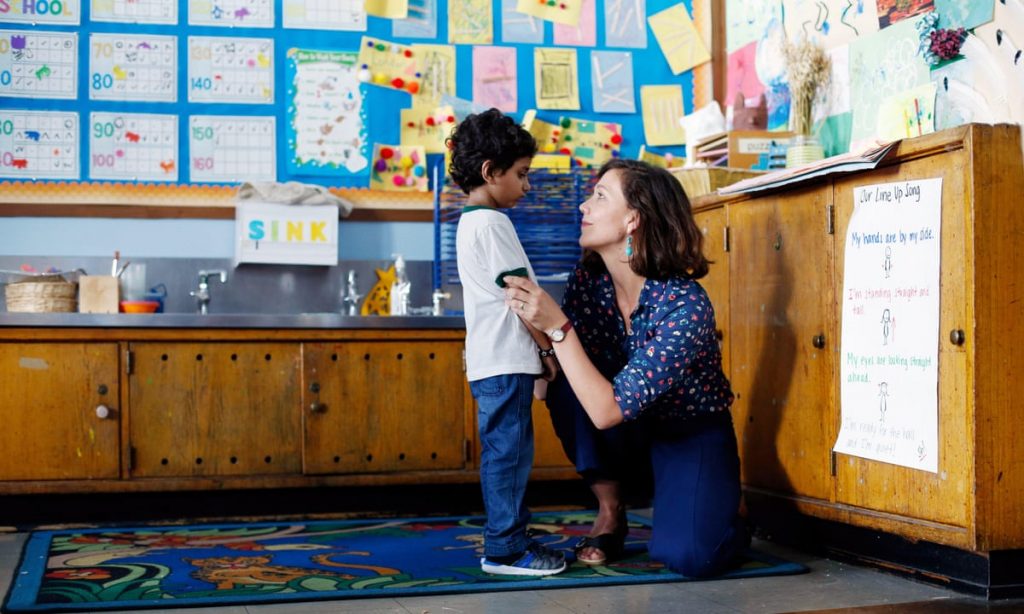How To Make The Home To Preschool Transition Run Smoothly
The home to preschool transition can be emotional for both parents and little ones. Here's how to make it run smoothly.

Across the country, families with little ones are preparing for the big – often emotional – step from home life to preschool. Given the fact that many of these programs now run the same length of time as regular school hours, the preschool transition can seem daunting. However, there are plenty of tips and best practices to make that home to preschool transition run smoothly, here’s how.
The beginning of the school year is met with a whirlwind of emotions for both parents and little ones making that major preschool transition. It can be an eye-opening experience for children that have been primarily cared for in a home setting, as opposed to those who have grown accustomed to daycare beforehand. But with the help of both parents and educators, the process can be made more appealing and less stressful.
To start, parents that spend time discussing the preschool transition with their children better prepare them for what to expect. These conversations are best done in an informal matter so as not to scare the child about the concept. For example, when a child successfully uses the restroom by themselves can be an opportune time to mention how well they will do in preschool when they need to use the bathroom. Additionally, when the child is home working on an activity that is also used in preschools, such as arts and crafts, taking that time to advise them that they will have similar tools at preschool will comfort them in knowing the setting will be familiar.
For many families, the biggest hurdle with the preschool transition is felt on the first day of school. Oftentimes, even eager children excited about going to school will get the dreaded first-day jitters and latch on to mom or dad when it’s time for drop-off. Every child is different, and not every strategy works best for all. But typically, parents that keep their emotions checked will fare better, as kids are more apt to fear the send-off if they see their parent crying or nervous about it. For those still unable to let go, it can help to bring something small and non-distractive from home for them to keep during school hours to remind them of the home setting.
Early childhood educators are often well equipped with strategies to handle emotional preschool transitions, even in the worst-case scenarios. Usually, that starts with introducing students and families to the preschool setting long before the first day. Teachers offer open houses, where families can come in and explore the classroom setting and all it has to offer. Likewise, most teachers will be willing to work with worried families and schedule extra sessions where the student can come in again before the first day to familiarize them with the classroom setting. With popular communication technology apps becoming a norm for schools, teachers can even take advantage of messaging and share videos of themselves in the classroom to send previews to families showing all the fun activities they will participate in once school starts.

Not everyone will struggle with the preschool transition. Some students, especially those who already have older siblings in the system, have extremely positive perceptions of finally leaving the home and getting into the classroom. However, many families still struggle with the process. It doesn’t have to be rocket science, and every child responds differently, but with some added time and effort, both parents and teachers can make the process run smoothly.



